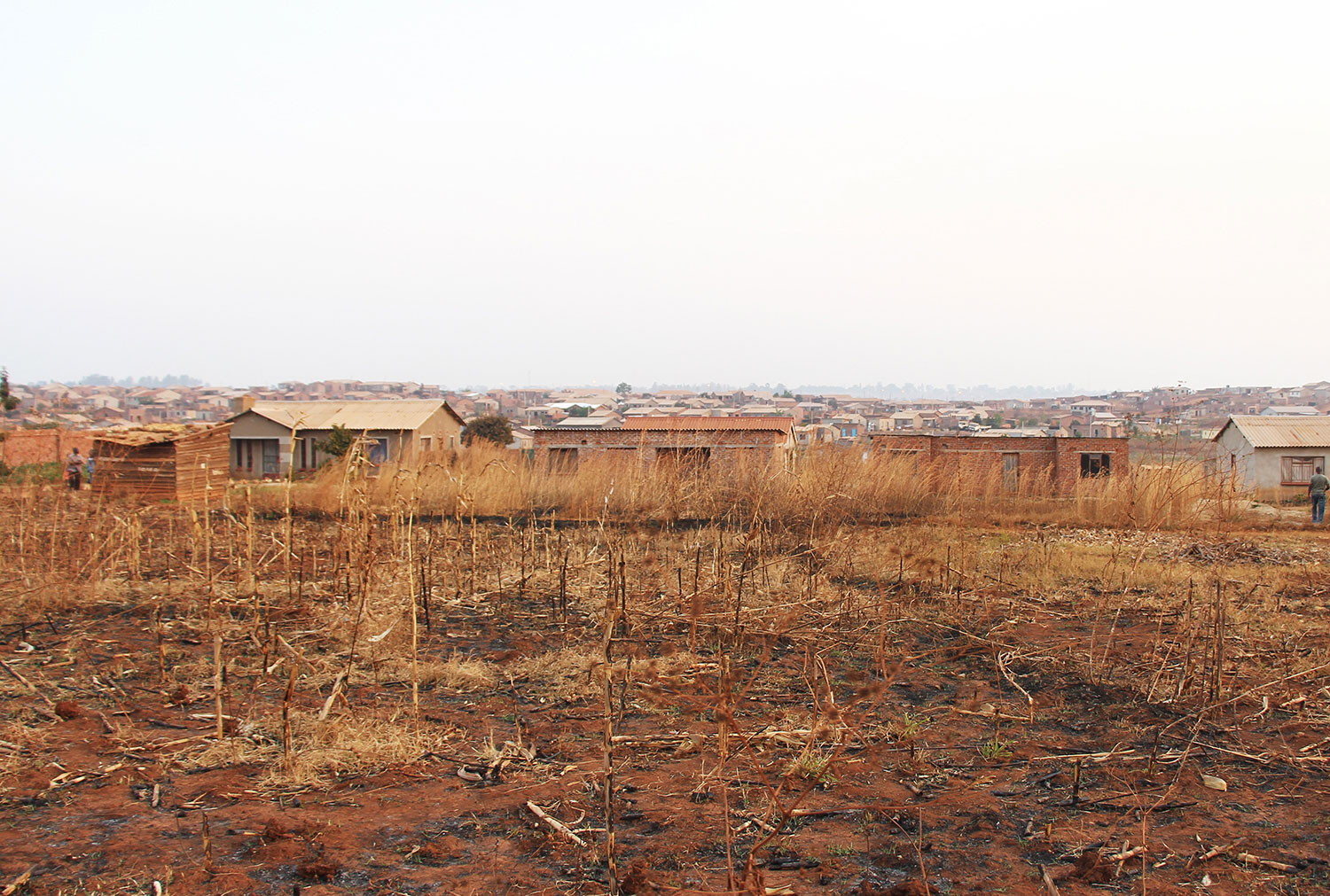
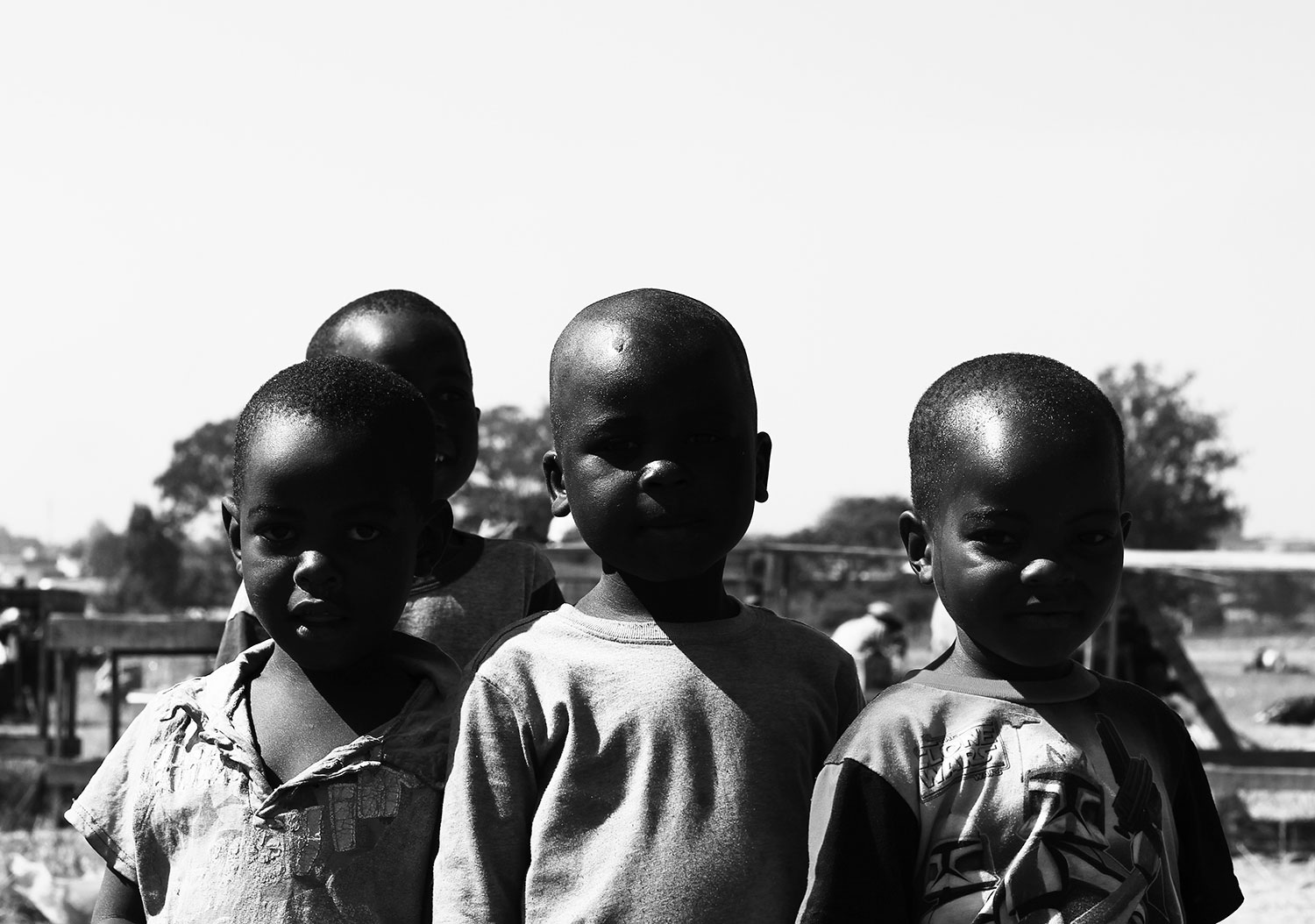
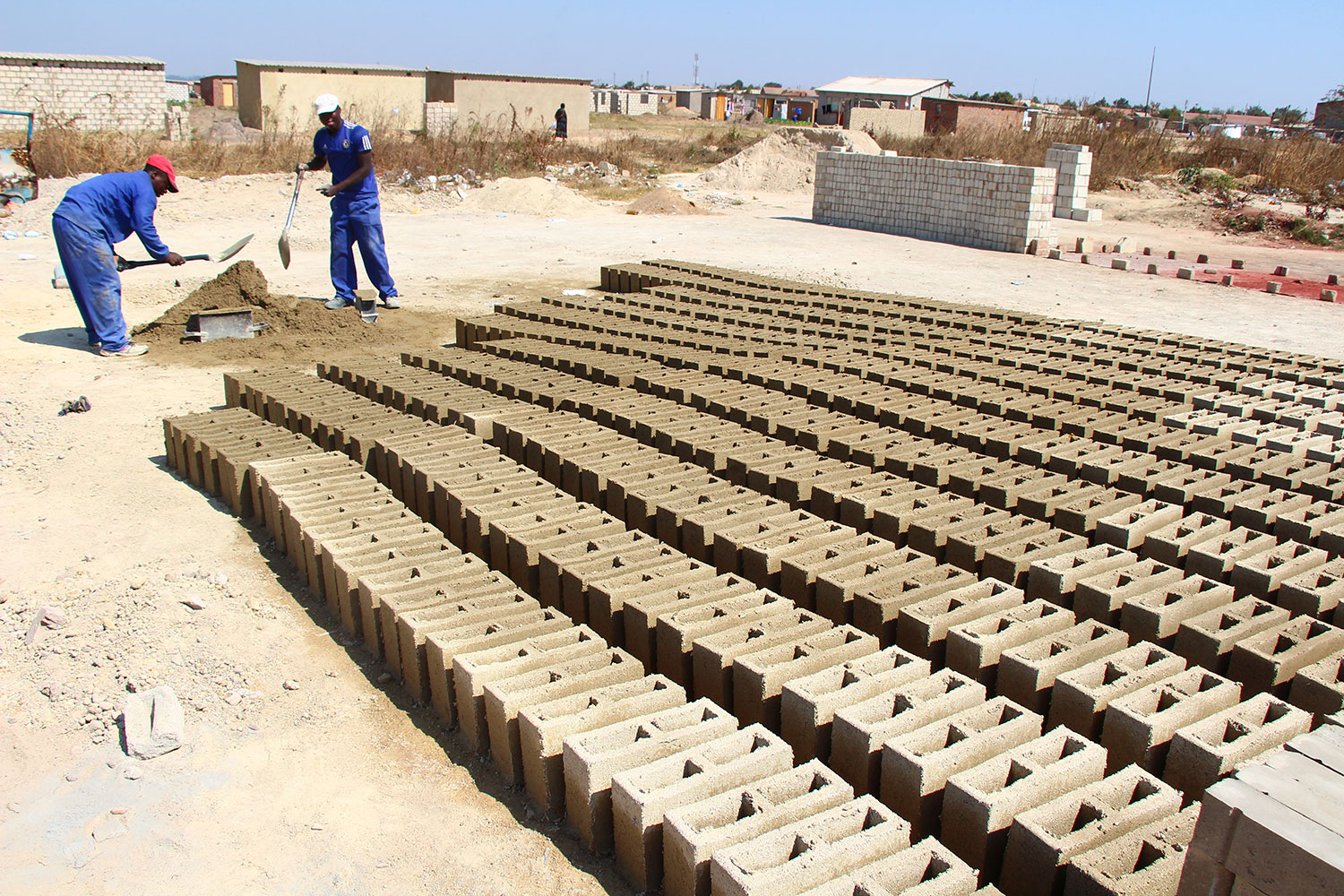
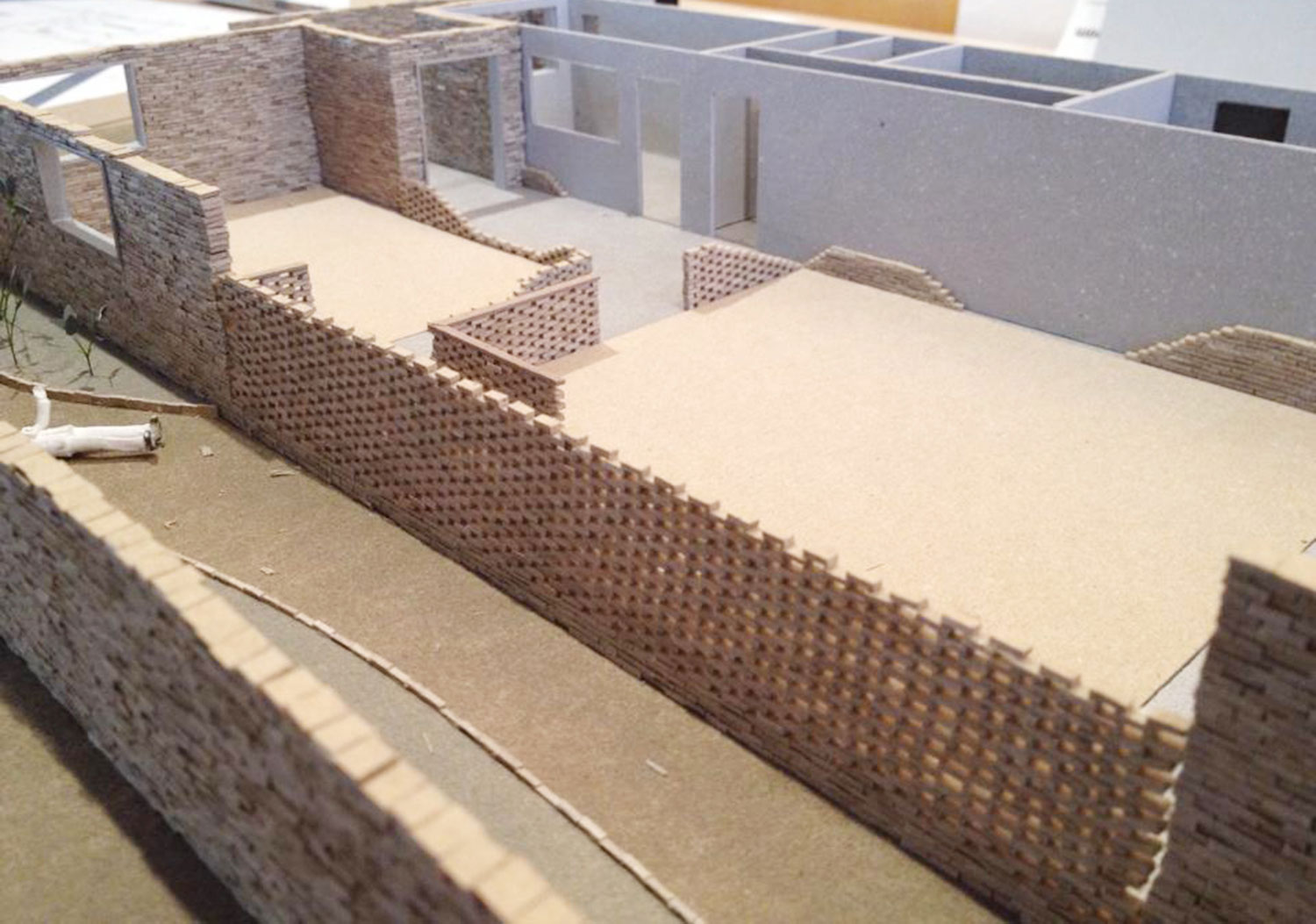
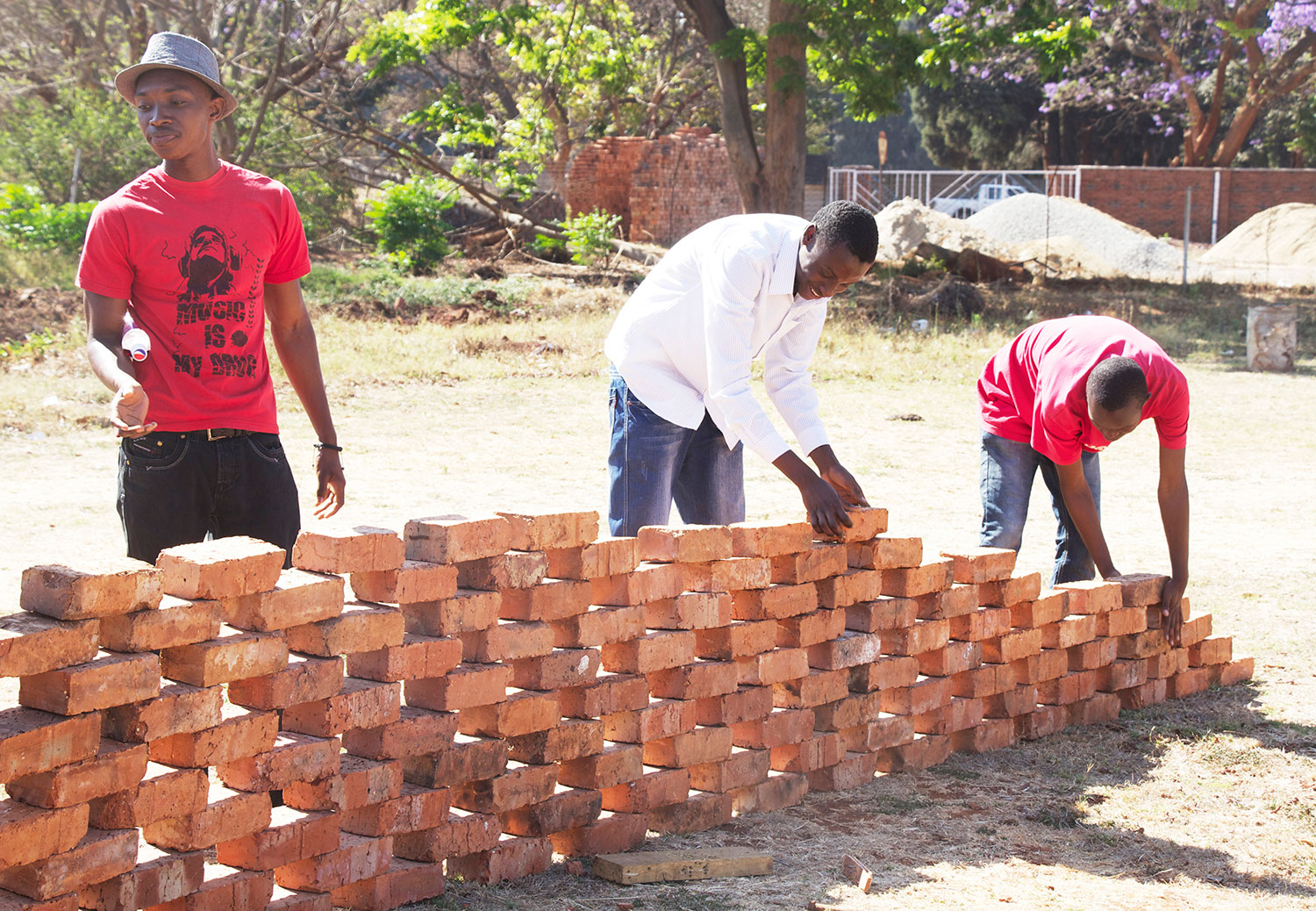
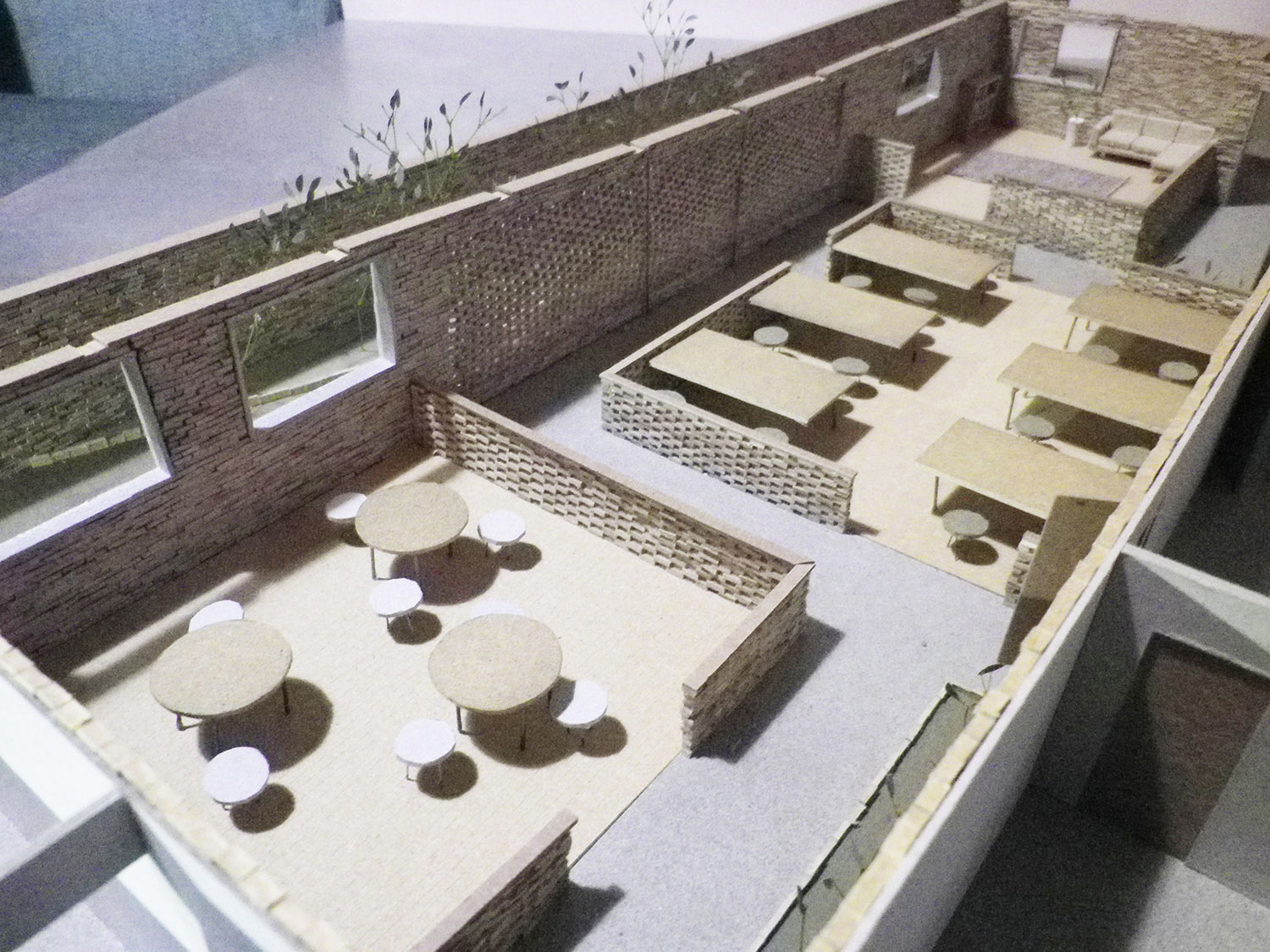
HC3
Harare Child Care Center
On going
Harare, Zimbabwe
Site area : 599.20㎡
Building area : 300.24㎡
Floor area : 297.24㎡
Harare, Zimbabwe
Site area : 599.20㎡
Building area : 300.24㎡
Floor area : 297.24㎡
-Owner-
The owner is a language teacher who teaches the local language (Shona) in Zimbabwe. As a result, she had a strong desire to help orphans whose parents died of AIDS. However, although there was a site, the funds for the building could not be prepared, so we could not request a local design office, and we were consulted.
-Background-
In Zimbabwe, there are many situations what children are unable to eat. Zimbabwe has very few facilities to provide food, and children have to walk dozens of kilometers every day in search of food, leaving a catastrophic accident on the way.
-Building process-
The purpose of this facility is to provide children with meals and a place where they can feel safe. By taking the process of building and building together from the bricks used for construction by local residents and students in the local architecture department, Create human connections, not only reduce costs, but also improve local security and increase user ownership. Therefore, we adopted a plan that allows anyone to participate in the construction and local construction methods. This also facilitates future maintenance. Furthermore, although it is a scale model, he experienced the process of actually stacking about 50,000 bricks, checking the procedure one by one, It was confirmed that local residents could work without any problems. The space and construction method were confirmed by creating a 1/1 partial mockup with Zimbabwe students based on this model.
- Persistence -
Eventually, a book (material) summarizing this project and process will be produced and left on site to plan and raise funds by itself. We think that we can leave know-how to design and construct by ourselves. And it will be effective in expanding the care center in Zimbabwe without an architect. This architecture is only a prototype. Only when they build multiple care centers with their hands does this architecture start to make sense. We want to create a mechanism to change the situation in developing countries through "architecture".
The owner is a language teacher who teaches the local language (Shona) in Zimbabwe. As a result, she had a strong desire to help orphans whose parents died of AIDS. However, although there was a site, the funds for the building could not be prepared, so we could not request a local design office, and we were consulted.
-Background-
In Zimbabwe, there are many situations what children are unable to eat. Zimbabwe has very few facilities to provide food, and children have to walk dozens of kilometers every day in search of food, leaving a catastrophic accident on the way.
-Building process-
The purpose of this facility is to provide children with meals and a place where they can feel safe. By taking the process of building and building together from the bricks used for construction by local residents and students in the local architecture department, Create human connections, not only reduce costs, but also improve local security and increase user ownership. Therefore, we adopted a plan that allows anyone to participate in the construction and local construction methods. This also facilitates future maintenance. Furthermore, although it is a scale model, he experienced the process of actually stacking about 50,000 bricks, checking the procedure one by one, It was confirmed that local residents could work without any problems. The space and construction method were confirmed by creating a 1/1 partial mockup with Zimbabwe students based on this model.
- Persistence -
Eventually, a book (material) summarizing this project and process will be produced and left on site to plan and raise funds by itself. We think that we can leave know-how to design and construct by ourselves. And it will be effective in expanding the care center in Zimbabwe without an architect. This architecture is only a prototype. Only when they build multiple care centers with their hands does this architecture start to make sense. We want to create a mechanism to change the situation in developing countries through "architecture".